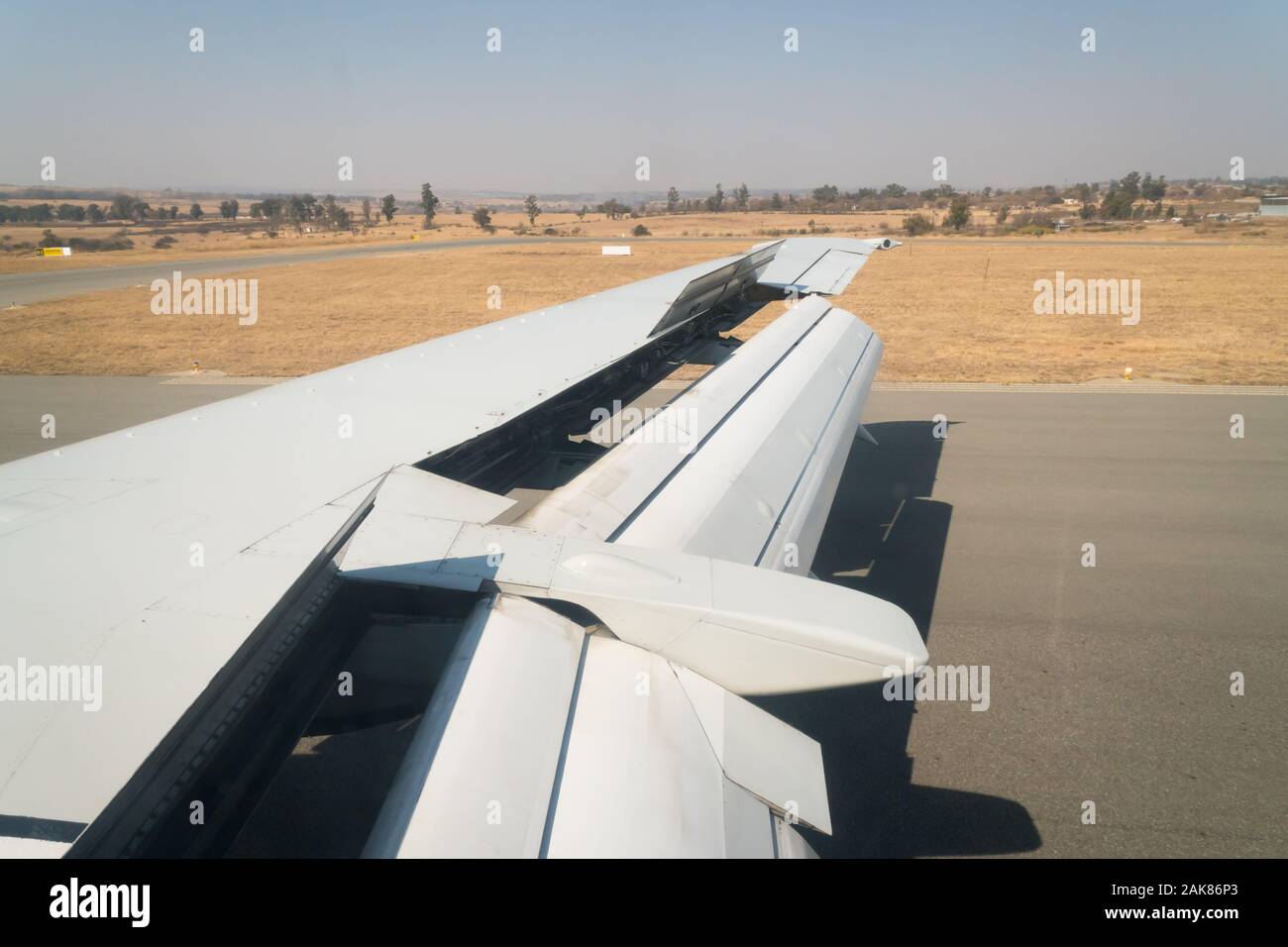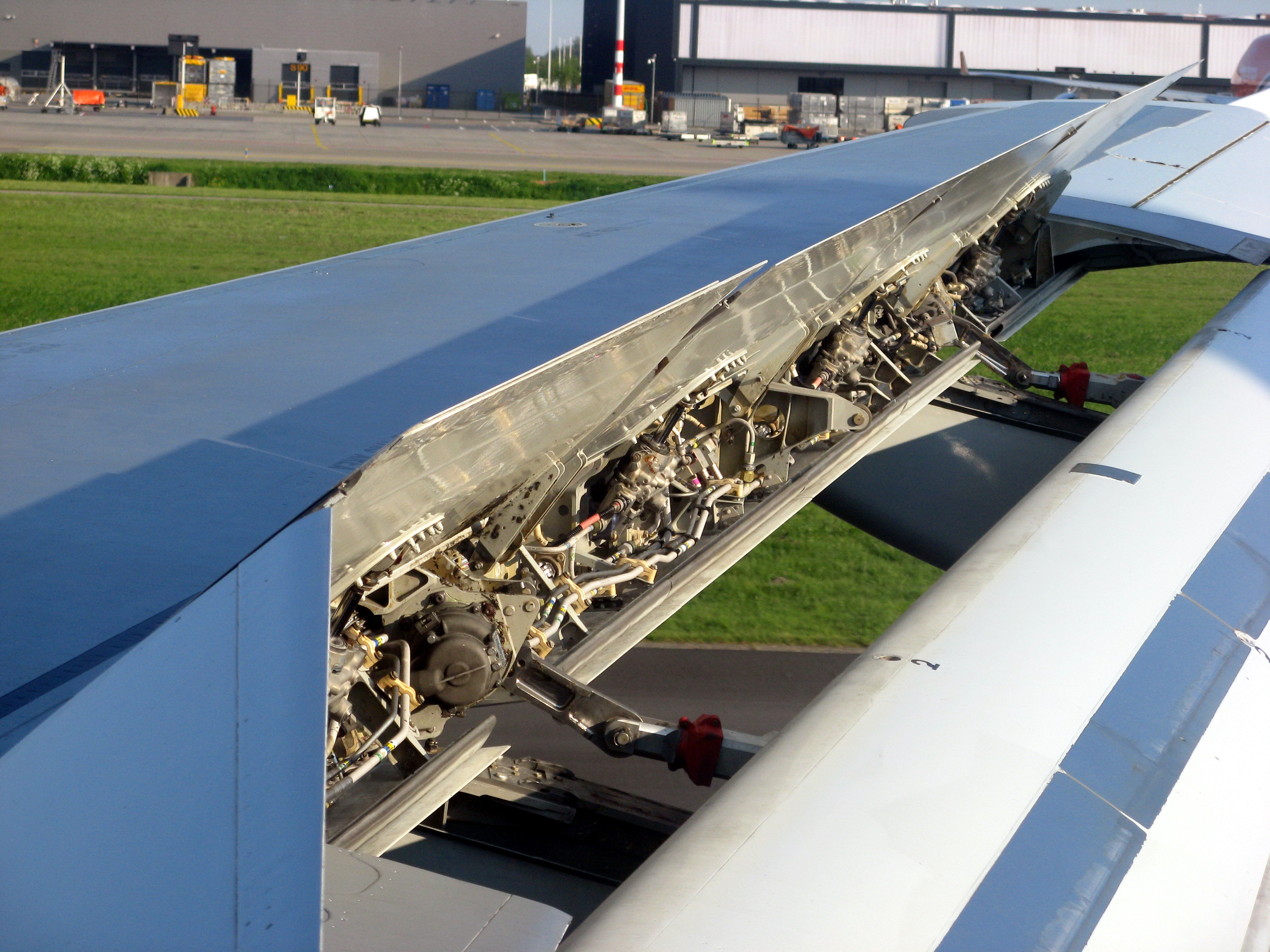Wing Spoiler Aircraft - Our classic aircraft wing cover is made of a coated, weather resistant, polyester which provides full protection from ice, snow and frost. They install easily and are held securely in place with bungees along the length of the wing.
We also color code the bungee hooks to quickly identify the left (red) from the right (Green) covers. Our classic aircraft wing cover is made of a coated, weather resistant, polyester which provides full protection from ice, snow and frost.
Wing Spoiler Aircraft

They install easily and are held securely in place with bungees along the length of the wing. We also color code the bungee hooks to quickly identify the left (red) from the right (Green) covers. We can add a vent along the length of the wing at the top of the cord.
The Classic Wing Cover
This allows any wind that may be able to get underneath the cover to be expelled out the vent and minimizes any billowing. This is referred to as a vented cover. To give you an example, the Boeing 737 has 12 spoiler surfaces, out of which only four are dedicated ground spoilers.
The rest of the eight spoilers are flight spoilers. In the Airbus A320, there are a total of 10 spoiler surfaces. Out of the 10, only two spoilers are dedicated ground spoilers. The image you see here is from a test conducted by NASA that had an aircraft fly through colored smoke.
It shows the shape of the airflow behind the wing after the wing passed through it. The airflow inside the vortex core is spinning at a very high speed and has very low pressure. This reduces the temperature of the air inside.
If the temperature drops below the local dew point temperature, the moisture in the air condenses rapidly, forming a small cloud right at the tip of the wing. Our mesh covers have the same great fit. All our covers are made to order and the fit is guaranteed.

The Classic Wing Cover
Orders are made on a first come first served basis, so give us a call and let us help you get your plane ready for winter. There are two main types of spoilers. They are ground spoilers and flight spoilers.
The ground spoilers are only used on the ground, while the flight spoilers are used both on the ground and in flight. The actuation of spoilers or speed brakes in flight causes a reduction in the lift on the wings, which makes the aircraft descend at a faster rate.
They come in handy in emergencies that require a very high rate of descent. They can also be used by pilots to manage their descent profiles. As we're not able to 'feel' the air, it's not easy to figure out the best position to take relative to the other aircraft in the formation.
Secondly, formation flying isn't that easy and is a bit risky. Journalist - An Airbus A320 pilot, Anas has over 4,000 hours of flying experience. He is excited to bring his operational and safety experience to Simple Flying as a member of the writing team.
The Types Of Spoilers On Aircraft
Based in The Maldives. Our spoiler wing covers are recommended for high wind areas, i.e. Kotzebue or Palmer, Alaska or down on the Aleutian Chain. We combine either the vented or mesh covers with spoilers. The vented covers combined with the spoilers offer the best solution to an all weather cover.
The vent allows any wind that gets under the cover to escape and the spoilers prevent the wing from “flying”. Even during the summer months under high-wind warnings, pilots will put on their spoiler covers to help keep the aircraft from flying or flipping over at the tie-down.

Our classic aircraft wing cover is made of a coated, weather resistant, polyester which provides full protection from ice, snow and frost. They install easily and are held securely in place with bungees along the length of the wing.
We also color code the bungee hooks to quickly identify the left (red) from the right (Green) covers. During landing and in the event of a rejected takeoff, the spoilers can be extended on the ground to dump lift which increases the load on the wheels.
How Spoilers Work
This makes the wheel brakes more effective. When activated on the ground, both the ground and flight spoilers extend. When used in roll, spoilers are known as roll spoilers. The roll spoilers deflect differentially, which helps to bank the aircraft.
For instance, if the pilots want to bank or roll the aircraft to the right, the spoilers on the right wing extend while the spoilers on the left wing remain retracted. This causes the right wing to lose lift, and the aircraft banks to the right.
We can also add spoilers that are located at the leading edge of the cord and essentially kill the lift of the wing in high winds. Many pilots in areas prone to wind utilize both features together.
When combined with a vented strip, the spoilers will be placed immediately ahead of the vent. Aircraft are designed to be as aerodynamically "clean" as possible and drag is minimized as much as practical to improve performance and decrease fuel consumption.

The Spoiler Wing Covers
A side effect of this aerodynamic success is that, even at idle thrust, an aircraft does not tend to slow down quickly, especially when descending. High performance military aircraft have long used speed brakes, interchangeably referred to as air brakes or dive brakes, to control speed during rapid descent or to quickly reduce speed during level flight.
Early commercial aircraft types utilized an extension of the undercarriage to provide additional drag when required. However, due to the altitude limitations of the landing gear and the normally transient requirement for the additional drag, this was not considered an optimal solution.
In time, speed brakes and spoilers were incorporated into commercial aircraft design. Pilots have a number of ways to increase their distance from the preceding aircraft. ATC may ask the pilot to slow the aircraft down earlier in the approach to allow time for the vortices to dissipate.
On many spoiler-equipped aircraft, one or more of the spoiler panels will deflect in harmony with the aileron on the associated wing to enhance roll authority and response. Roll commands normally take priority over a speedbrake command and spoiler panels will extend or retract accordingly.
The Classic Wing Cover
In Airbus aircraft, there is a feature called Phased Lift Dumping (PLD). In most Airbus aircraft, the spoilers extend only when both main wheels touch the ground. However, when PLD is active, there is a partial spoiler extension when just one main landing gear makes contact on the runway.
This allows for a smoother touchdown of the other main landing gear. If the pilots forget to arm the spoilers for landing, then there is an automatic spoiler extension mechanism. This usually includes activation of reverse thrust on the engines, and sometimes it comes up automatically when the wheels spin up to a certain speed during landing.

The roll spoilers are automatically activated with pilot inputs on the yoke or the side stick. In non-fly-by-wire aircraft, the roll control is divided. One pilot's control column controls the aileron, which is the primary control for the roll, and the other pilot's control column controls the roll spoilers.
In most conventional aircraft, both the controls are interconnected such that input in either control column moves both the aileron and the spoilers. In some aircraft, if a spoiler surface on one wing fails to extend, the same spoiler on the other wing is automatically inhibited.
Roll Spoilers
This is to prevent a spoiler asymmetry condition which could deteriorate the handling characteristics of the aircraft. You get a third added benefit, as well. When you use ailerons to roll an aircraft, the rising wing generates extra lift, which also creates extra drag.
This adverse drag pulls the nose away from the turn, causing "adverse yaw." You use rudder into the turn to remain coordinated. But if you're looking at an aircraft flying high at cruising altitude, the contrails that you see are from the engines, not the vortices.
The best chances of seeing contrails from wingtip vortices are when the aircraft is flying at low speeds and low altitudes on humid days. We can add a vent along the length of the wing at the top of the cord.
This allows any wind that may be able to get underneath the cover to be expelled out the vent and minimizes any billowing. This is referred to as a vented cover. Developed in conjunction with several guides in the Alaska Peninsula.

Spoiler Strips
These strips are designed to kill the lift in the wings during high winds. These spoiler strips strap on to the top of the wings. They store easily and are very light weight. An affective way to protect your plane from wind.
Flying "dirty" will lead to a decrease in the vortex strength as the turbulence from the extended surfaces breaks down the vortex earlier. A clean configuration also needs a greater Angle of Attack as compared to a dirty configuration to generate the same lift for a given airspeed, which causes stronger vortices.
The mesh vent provides escape for any wind that might get trapped under the wing cover. Even with our guaranteed snug fit, the angle of parking and direction of the wind can sometimes cause billowing. This vent prevents the billowing.
Even though wingtip vortices are present whenever the aircraft is airborne, the swirling air usually does not leave any visible signs of its existence. But, on very humid days, you might be able to see the core of the vortex trailing back from the wingtip.
Are Wingtip Vortices Visible?
Spoilers offer another advantage as well - this time at high speeds. When you have high speed airflow over your wings, your ailerons can generate so much force that they twist your wings - causing the airplane to bank in the opposite direction.
Spoilers allow you to roll the aircraft without creating the twisting force. All our covers are made to order and the fit is guaranteed. Orders are made on a first come first served basis, so give us a call and let us help you get your plane ready for winter.
The vortex movement changes when they're within a couple of hundred feet to the ground. If they're generated by a large aircraft flying at one or two thousand feet, the vortices won't have deteriorated entirely by the time they sink to the ground.
Ground effect is only noticeable at heights less than the aircraft's wingspan. The reduction in induced drag is only around one percent at the height of one wingspan, but rises to more than 23 percent at the height of one-fourth of the wingspan!
Close To The Ground
Since every bird apart from the leader is flying in rising air, they don't have to work as hard to generate enough lift to support their weight. This saves them energy and allows them to fly for even longer distances.
what is spoilers in aircraft, airplane spoilers purpose, spoilers planes, where are the spoilers on a plane, flight spoilers vs ground spoilers, aircraft spoilers, ground spoilers, airplane wing shape
0 Comments